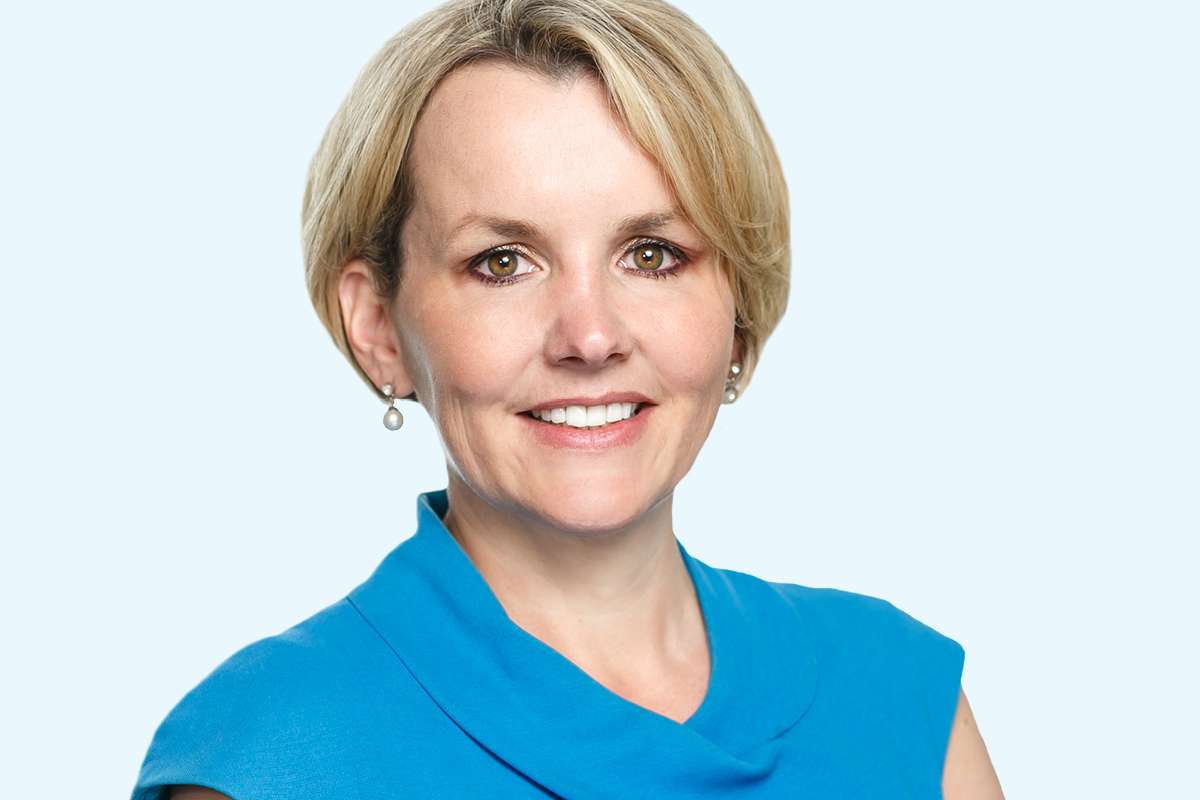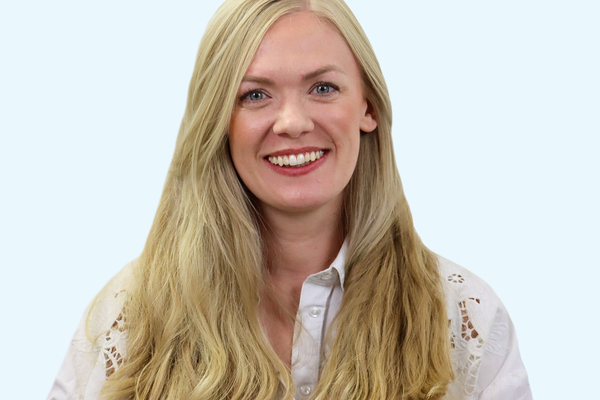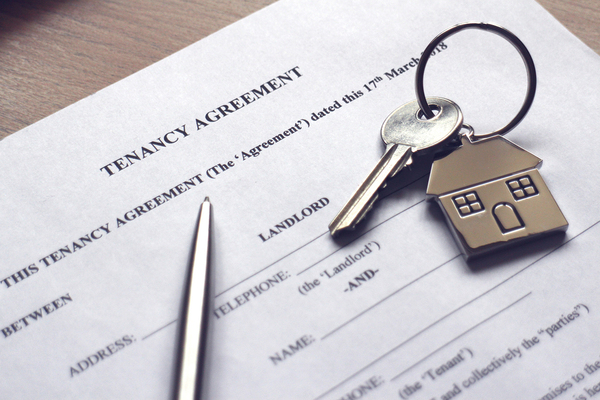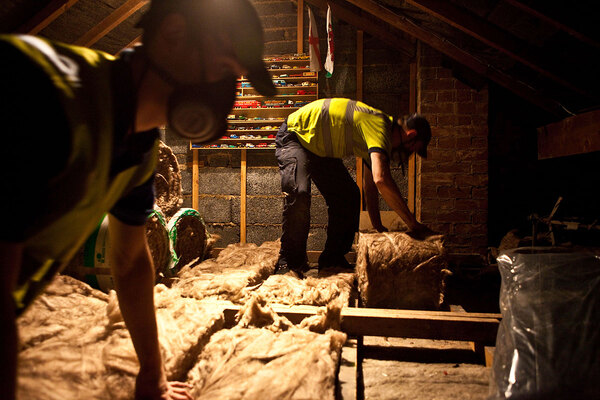Now more than ever, landlords should be making every contact count
Good-quality data is key to understanding residents’ needs and targeting improvements to the condition of their homes, writes Elly Hoult, deputy chief executive of Peabody and chair of the Knowing our Homes advisory group

Elly Hoult is chief operating officer at Peabody, and vice-president of the Chartered Institute of Housing
Two years ago, the National Housing Federation (NHF) and the Chartered Institute of Housing launched an independent commission into the quality of social housing. One of the key findings of the Better Social Housing Review was that social landlords can and should improve the data they hold on the condition of their homes and who lives in them.
Since then, the NHF has launched a programme of work called Knowing our Homes. Under this programme, the sector has identified best practice in data collection and launched a partnership with the Royal Institution of Chartered Surveyors to define a new gold standard stock condition survey. ‘Making every contact count’ is another key step forward in helping landlords to know their homes better.
The research is clear on how social landlords, regardless of their size, can make every contact count to gather information about the condition of homes and the needs of residents. Put simply, this means using everyday interactions with residents as an opportunity to build a picture using data.
This picture can be used to identify where residents need additional support or where improvements are needed to the home. Reviewing this data more broadly, landlords can assess how equitably different groups of residents experience outcomes. This is a critical step that will support social landlords in addressing racial inequality in their homes, another key focus of the Better Social Housing Review.
Making every contact count is not a silver bullet for the challenges the sector faces in collecting and using data effectively, but it is a significant and pragmatic step forward.
“We’ve been proactively contacting residents we haven’t heard from within the past 12 months, using our data to identify those we haven’t had any contact with”
It is also an approach that many social landlords are already adopting, and early adopters are keen to share their learnings.
At Peabody, we’re already seeing the benefits of making every contact count. Our work combines two strands: first, encouraging all colleagues to focus on well-being whenever they’re talking to residents or visiting their homes, and second, supporting everyone to see how they can help us to gather and update data as part of their daily work.
We’ve been proactively contacting residents we haven’t heard from within the past 12 months, using our data to identify those we haven’t had any contact with. Local teams have been calling these residents to ensure they are safe and well, referring them to partners for extra support if needed.
We are also developing an automated system to trigger cases, streamline the process, ensure adherence to timescales and record outcomes. This work has been supported by our Are They OK? campaign, encouraging colleagues to be professionally curious in their daily interactions with residents, complementing data we have.
The research is packed with other good-practice examples from across the social housing sector, from a small, rural housing association with fewer than 500 homes to one with over 240,000 homes covering England and Scotland. It also includes case studies from local government.
“Making every contact count can drive meaningful change for landlords and residents, but for it to be a success, all colleagues must buy into the approach”
Despite this variety, there are some recurring themes of which other landlords should take note. For example, the importance of not missing warning signs of unaddressed resident needs and ‘finding silence’ like we’re doing at Peabody by ensuring routine contact; and the importance of combining efficient digital contact with face-to-face interaction. Collectively, the case studies show that social landlords of all types, sizes and geographies can make every contact with residents count.
Making every contact count can drive meaningful change for landlords and residents, but for it to be a success, all colleagues must buy into the approach. This means everybody in the organisation taking ownership of the approach: from housing officers, contractors and repairs colleagues to the chief executive. It requires organisational effort and significant resources.
However, the report shows that the end result is worthwhile, with improved outcomes for residents at its heart.
I hope the research can drive meaningful change across the sector. I would encourage landlords to consider how learnings could work for them, and how data can be used to shape and improve outcomes for all.
Elly Hoult, chief operating officer and deputy chief executive of Peabody Group, and chair, Knowing our Homes advisory group
Sign up for our tenancy management newsletter
Already have an account? Click here to manage your newsletters












